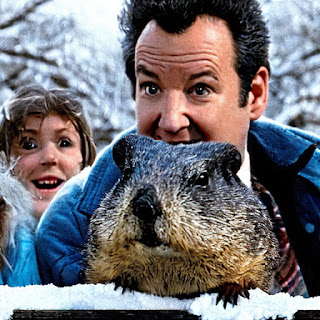The roots of Groundhog Day can be traced back to the ancient Gaelic festival of Imbolc, which marked the midpoint between the winter solstice and the spring equinox. Imbolc celebrated the return of the sun and the early signs of spring. It was believed that on this day, the weather-predicting abilities of animals, particularly hibernating creatures, were particularly accurate.
When Christianity spread throughout Europe, the holiday of Candlemas was established on February 2nd to commemorate the presentation of Jesus at the temple and the purification of the Virgin Mary. Candlemas was associated with weather divination, and it retained some of the earlier pagan beliefs and practices.
The modern connection between Groundhog Day and weather prediction emerged in the 18th and 19th centuries among German communities in Pennsylvania, USA. According to folklore, if a hibernating animal, particularly a groundhog, emerged from its burrow on February 2nd and saw its shadow due to clear weather, it would retreat back into its den, indicating six more weeks of winter. On the other hand, if it did not see its shadow due to cloudy weather, it would stay outside, signaling an early arrival of spring.
The tradition gained popularity through the efforts of German settlers who brought their customs to the region. Punxsutawney, Pennsylvania, became the epicenter of Groundhog Day celebrations, with Punxsutawney Phil, a groundhog, taking on the role of the weather prognosticator. The first official Groundhog Day in Punxsutawney was celebrated in 1887.
In modern times, Groundhog Day has become a lighthearted and festive occasion. The most famous ceremony takes place in Punxsutawney, where thousands of people gather to witness Phil's prediction. The event includes music, speeches, and the moment when Phil emerges from his burrow to indicate the forecast. Phil's prediction is broadcasted and widely reported in the media.
Groundhog Day has also gained recognition beyond Punxsutawney, with other locations in North America adopting their own groundhogs as weather forecasters. For example, Wiarton Willie in Ontario, Canada, and Staten Island Chuck in New York City, USA, have become well-known prognosticators.
In popular culture, the concept of Groundhog Day has been immortalized in the 1993 film "Groundhog Day" starring Bill Murray. The movie portrays a man trapped in a time loop, reliving the same day over and over again. The film has come to symbolize the idea of repetitive and monotonous experiences.
Inferences to modern times include the continued celebration of Groundhog Day as a cultural event, attracting tourists and media attention. While the accuracy of groundhog predictions is highly debated and not scientifically valid, Groundhog Day has become a cherished tradition and a symbol of the changing seasons, community festivities, and the enduring spirit of folklore and celebration.
Source: Some or all of the content was generated using an AI language model


No comments:
Post a Comment